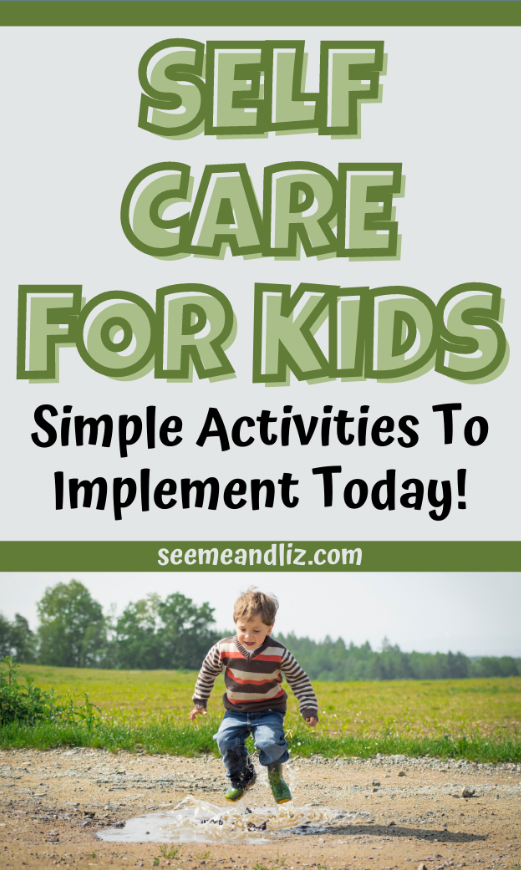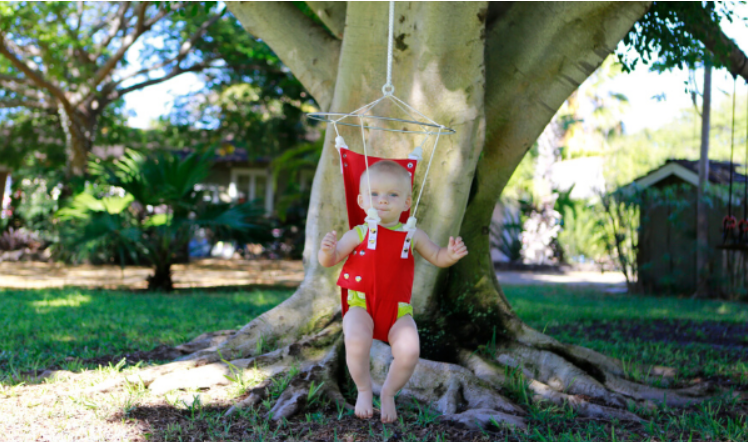This article has been written by a guest poster. The ideas and opinions expressed are those of the author who has no direct affiliation with Seeme and Liz.
Sensorial play is the missing link between playing and learning for young children. It teaches children the five senses and why they are essential. It can also prepare a child for patience, manners, creativity, cooperation, and respect.
Sensorial play is common sense, but too many adults have forgotten what it feels like to make sense of their world in this way. So, what do kids learn from playing with their intentions? Here is a list of why it is so important to help kids play with their senses.
What Is Sensorial Play?
It is a form of play that helps children explore the world around them through their senses. It helps develop a better understanding of their immediate environment. It helps them discover similarities and differences in the world around them.
Sensorial play teaches children how to use their senses, which will help them build vocabulary and describe things. This type of play also helps children know what is big, small, heavy, light, rough, smooth, etc.
This type of play teaches children about different sensations through everyday objects using their five basic senses: sight, smell, touch (tactile), taste, and hearing (auditory).
Children can start learning from birth when they begin to see with blurry vision and hear with sensitive ears.
Why is it Important?
Sensory input is vital for the development of the brain. Young children need lots of sensory stimulation to support their early learning and development.
Your child learns best when they can experience things with their senses.
Make sure they have opportunities to touch, smell, hear and see different things.
Sensory play helps your child develop the ability to process and make sense of the information received through their minds.
Children learn as they play, specifically from playing with objects that stimulate their five senses – sight, hearing, touch, smell, and taste.
Through hands-on sensory experiences, children can explore the world around them in an exciting way which helps them learn about colors, shapes, and sizes and helps to build vocabulary skills.
How to Approach Sensorial Play?
I like to think of sensory play as the building block for a child’s development. It is an integral part of every child’s growth, which helps them explore things around them and stimulate their senses. Sensory play also allows children to express themselves through sound, sight, touch, and other ways.
Sensory activities stimulate your child’s senses with textures, colors, sounds, smells, and tastes. They are essential for cognitive growth in babies and children, who require more sensory experiences to get the same result as adults.
Sensory activities for children are not just about playing with sand or water.
There are several sensory activities for kids, including games that involve colors, textures, and sounds such as music or animal noises (whistling birds or roaring lions). These games can be very engaging because they affect all five senses.
Best Age to Introduce Sensorial Play
Sensory play is an essential part of child development, so it is crucial to start early.
From a very young age, babies learn about the world around them through their hands and senses. It is important to give them toys and activities that will help them learn about shapes, colors, and textures.
The ideal time to introduce sensory play is between ages one through three – when your child learns the most about how things look, sound, feel, and taste.
The more they explore with their senses at this stage in life, the better they will understand the world around them going into adulthood.
Benefits of Sensorial Play
Sensory play can develop a child’s language skills.
For example, sensory bags and sensory bottles are great for babies. They like to squish, shake or roll the bag or bottle around to hear its sound and see the effects from inside. They want to look at it and feel how soft or hard it is.
Encouraging them to describe what they think with their senses will provide a great way to develop an understanding of language.
Sensory play is also great for developing gross and fine motor skills.
For example, children can be given items such as play dough or rice to see how well they can smear it around on a piece of paper or how well they can pick it up and move it. You can grab them and throw them around your arms to see how that feels or get them to stand on tiptoes to see how high they can reach.
Playing with Sensory Play Toys
Let’s start with what we have: our senses. The five basic senses are sight, hearing, touch (tactile), smell, and taste. Each of these senses is stimulated by different things in our life.
- Sight: Children constantly see things around them, whether a new toy or a moving car. They love toys that help them explore what they see in the world around them. They like to see how well they can identify the pictures, colors, or letters before naming them.
- Hearing: Kids love things that make sounds! Children can cause all sorts of noises, but not all of those noises sound pleasant. They like to experiment with different sounds and noises. That being said, try not to overwhelm a young child (under the age of 2) with too many battery operated toys that are constantly lighting up and making noises as this can result in overstimulation.
- Touch: The most important sense a baby or small child uses is touch. Babies love to feel different textures, whether a soft blanket, a warm fuzzy sweater, or textured blocks.
- Smell: Kids love fragrances. They love items that have scents of different aromas. They enjoy sniffing and smelling things they like and love to taste them. They will put their mouth on any number of items in quest of a tasty morsel.
- Taste: Kids typically enjoy tasting different foods and drinks. They learn to use their mouths in new ways to explore foods and beverages. They understand that certain textures and tastes feel good in their mouths and others do not. Some kids will bite, chew, swallow, spit things out, or pour the liquids right down the sink.
Your child can use all of these senses (and more) when playing with toys that stimulate sensory development.
You don’t have to spend a lot of money on toys for your child to have plenty of ideas for play that supports their sensory development.
Sensorial Play Can Be a Precious Activity For Your Child.
You’ve heard of the importance of play in your child’s development, but have you heard of sensory play? Sensorial play is a precious activity for your child that can help them grow and develop many skills.
Sensory play is essential for the development of fine motor skills. Fine motor skills are small movements such as picking up a piece of food with a fork or using their fingers to put together pieces in a puzzle.
During sensory play, children will use their hands and fingers to build with blocks, color with crayons or markers, pick up buttons and beads and toys, line things up in order or sort them by color.
Playing with finger paints and the dough can also help strengthen your child’s fine motor control. As your child grows, all these activities will help him develop better coordination to tie their shoes or do other things that require fine motor skills.
Sensory play helps develop cognitive skills. When your children grow up, you want them to have the ability to solve problems and make decisions, which are essential aspects of life.
References
- Exploring The Benefits Of Sensory Play
- Why Sensory Play Is Important For Development
Author bio
Andrea Gibbs is the Content Manager at SpringHive Web Agency, where she helps create content for their clients’ blogs and websites. She is currently a blog contributor at Montessori Academy, a blog dedicated to helping parents with the ins and outs of parenting children within the Montessori tradition. When she isn’t writing, she enjoys spending time with her family and her dog.





